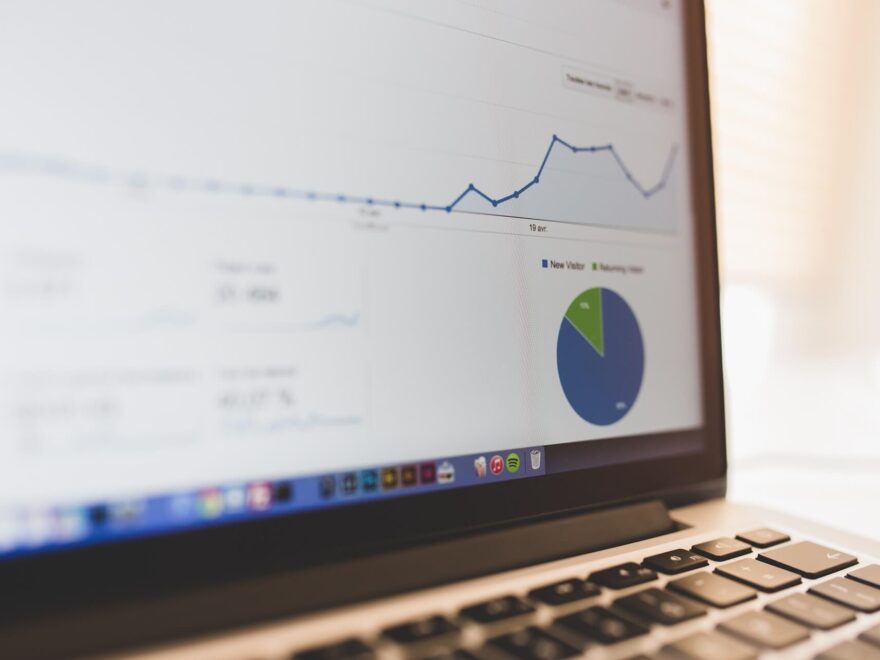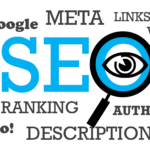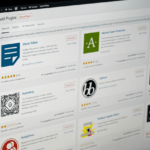Every web designer building a website that needs traffic comes across two questions: What is SEO? And how to use it? SEO, or search engine optimization, is here to help grow the website’s traffic and each and every web designer should know how it functions and how to benefit from it. Here is a basic overview of what SEO is and how one can use it to build traffic on their website.
What Is SEO?
As I said earlier, search engine optimization is a practice of putting your website out there so that any search engine a person uses makes your site visible.
For example, when you are a blogger, like me, who blogs about web design, your intention would be that when a person types “web design” into Google, your page pops up in the search results preferably on the very first page.
Moreover, you might be a poor student like me, so you don’t have money to pay for your page to pop-up in paid results – those appear usually on the right when you use Google – but you want your results to be organic, thus, unpaid.
So, SEO focuses on exactly that, making your website visible in the organic results in a search engine (Google, Bing etc.). If you want to learn more, you can always check out the beginner’s guide to SEO.

How Do I Use SEO?
Before you start using or rather, practicing, your SEO, you need to know there are two sides to it:
- On-page SEO
- Off-page SEO
On-page SEO
On-page SEO refers to optimizing everything on your website that helps users understand what your website is about and if it fits what they were searching for. It also helps the search engine itself to better interpret the content of the website.
As I tried to work-out what on-page SEO is, I thought of content, and yes, that is one of the very important features. You want your content to be attractive not only for the users but for the search engine too. For example, duplicated content would be ranked badly by Google.
Related to content are keywords, these were once the most valuable part of on-page SEO.
Using correct keywords that the search engine identifies is still quite important, however, nowadays search engines are more sophisticated. This means that they go through the synonyms in your content and judge it by that and not much by keywords.
There are then other on-page SEO elements such as mobile friendliness, links and their relevance and even a page loading screen.
Off-page SEO
Off-page SEO is, as you expect, everything that happens outside your website, or more specifically you make users and search engines notice the popularity of your website among other things (trustworthiness, authority etc.).
Now, when focusing on off-page SEO first and foremost, you think about building backlinks. This is basically what I also try to do with telling my official university web page to link to my friend’s school magazine website.
A university website is automatically viewed as a trustworthy website and if they link to the school our website we built a perfect SEO backlink; one site linking to the other.
Of course, I also asked my friends to promote our school magazine website and made them share the link and so on, this is also a form you can use. You can also self-create some links but hey, be careful not to slip into black hat SEO territory.
That’s not all you can do with off-page SEO, you can promote your page through influencer and social media marketing too.
To conclude my findings, SEO is basically a set of practices that help you make your website visible in search engines and you want to do that in two ways through on-page and off-page SEO. One doesn’t work without the other, so I wish you good luck with both and let me know if this worked out for you.



